Perception Sensation and Interpretation

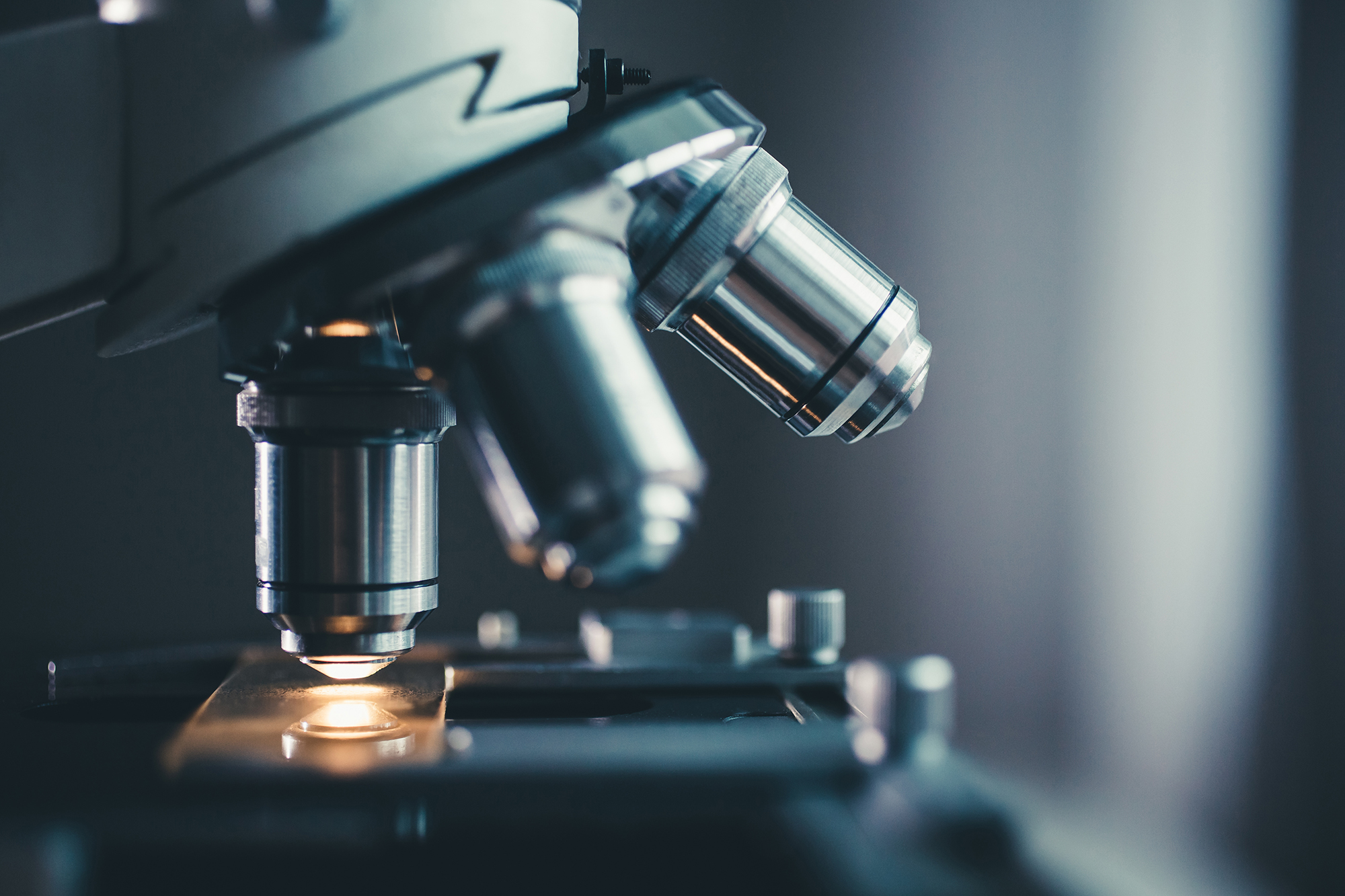
Perception Outcomes
-
Define what a perception is and explain why people\’s perceptions of the same event may differ.
-
Explain how science knowledge can be built even with people having different perceptions.
-
Distinguish between an observation and an inference and provide an example of each.
Sensory organs like the eyes and ears send information to the brain where it is processed through connected cells.
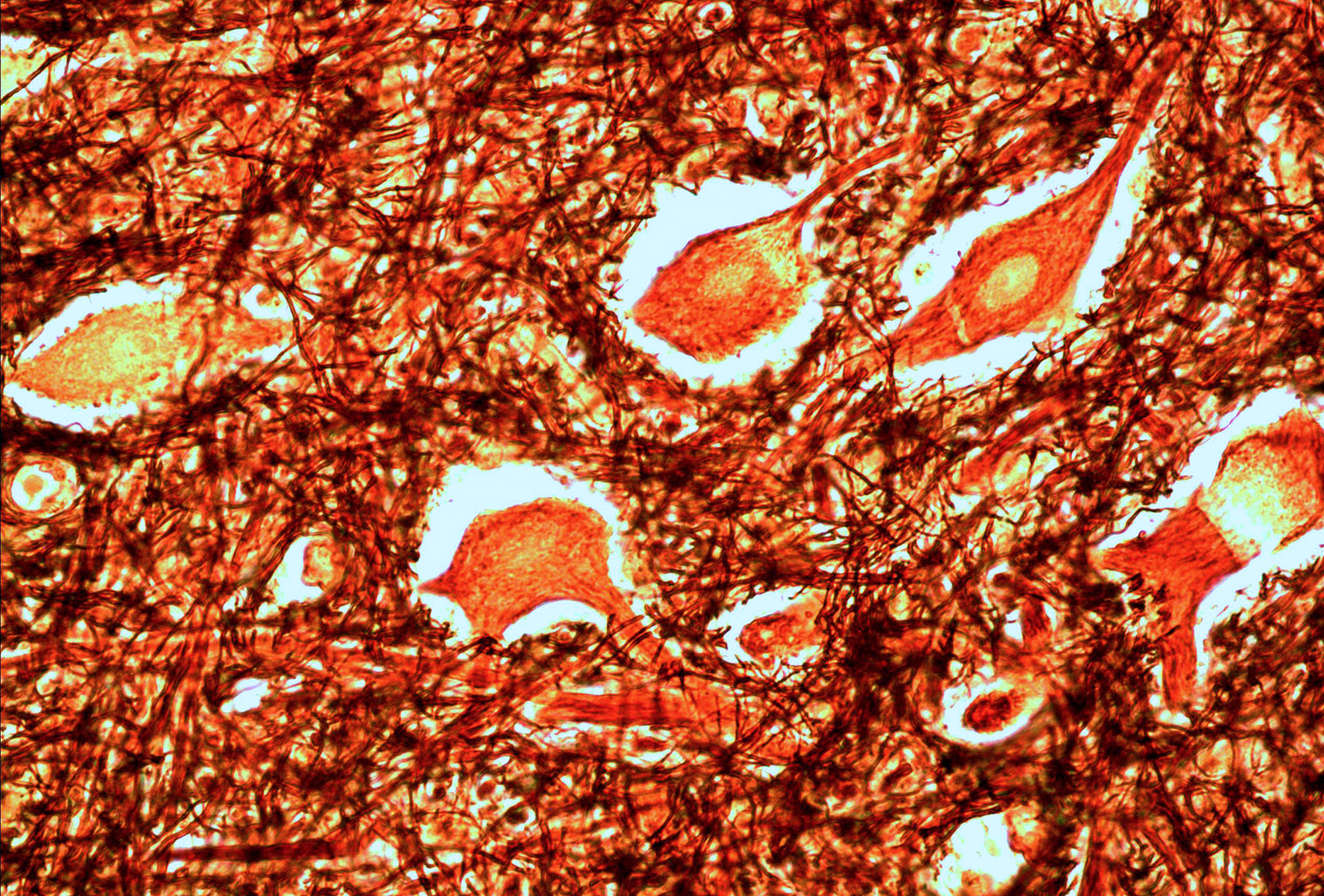
Neurons are connected nerve cells that send rapid signals from one part of the body to another. Specialized \”association\” neurons in the brain and spinal cord collect sensory information and send it through one cell to the next to form a perception.
A perception is a combination of sensory information and processing by association neurons in the brain.
If you like sour candy, your taste buds send the sour taste information to the brain and your brain determines whether you like the taste or not. This is your perception of the candy.
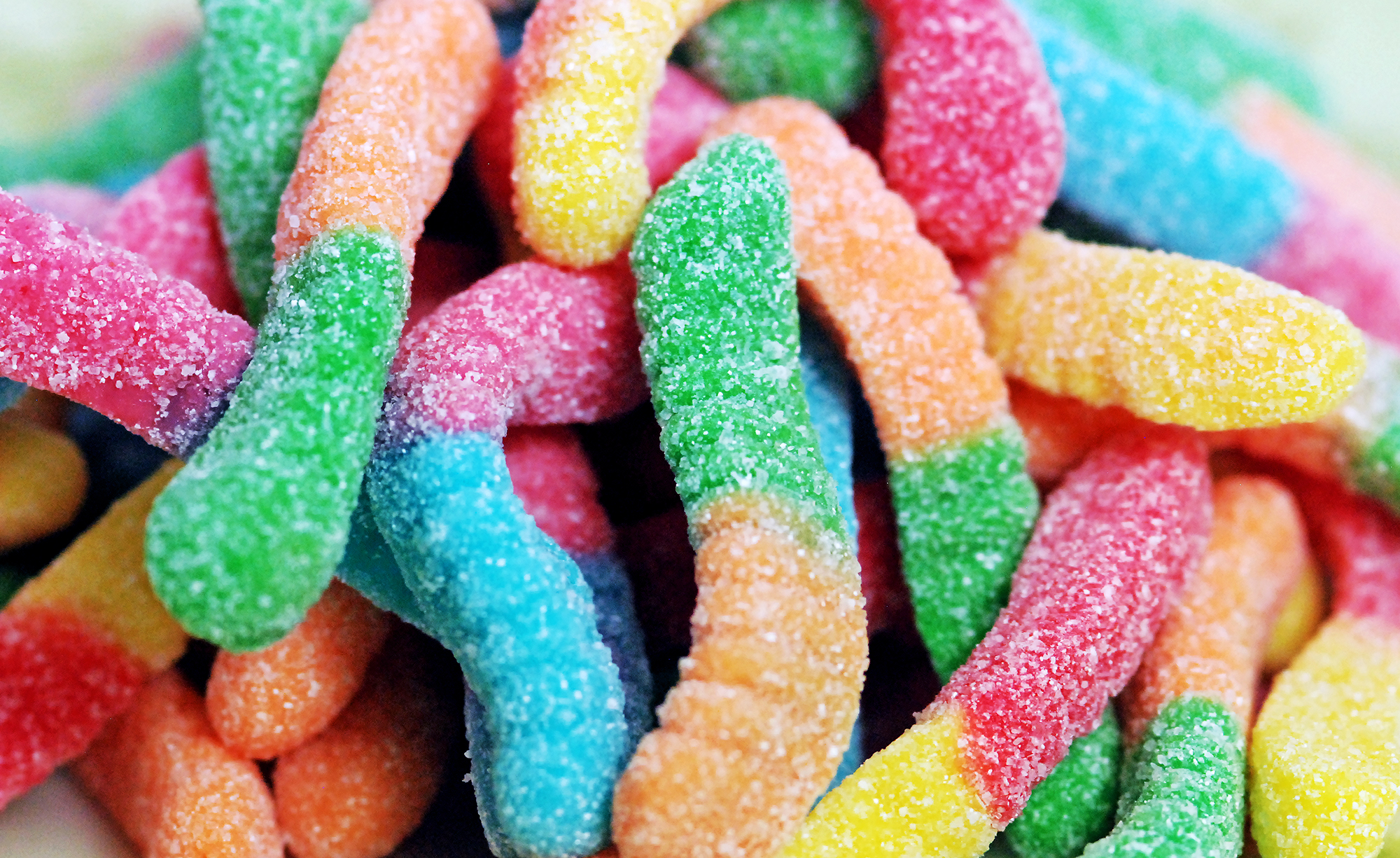
Individual animals, including humans, have variation in sensory abilities and variation in how association neurons are connected. So two individuals within a species can have different perceptions of events.
This is why, in part, you can have four people witness the same event and have four different perceptions about what happened.
This is also why having multiple people\’s perceptions about a topic can lead to a variety of ideas and solutions.
If science is built on observation and our perceptions vary, how can we build reliable science knowledge?
-
Science results need to be verified, repeated by different individuals to see whether they transcend an individual\’s views.
-
Science knowledge needs to be predictive. A miss-perception or incomplete perception would not yield knowledge that accurately describes or explains a natural phenomenon.
-
In some science papers, researchers mention their potential biases or limitations to contextualize their conclusions.
When we observe something, we immediately start making inferences.
Observation: data gathered by the senses
Inference: an interpretation of sensory information based on prior knowledge
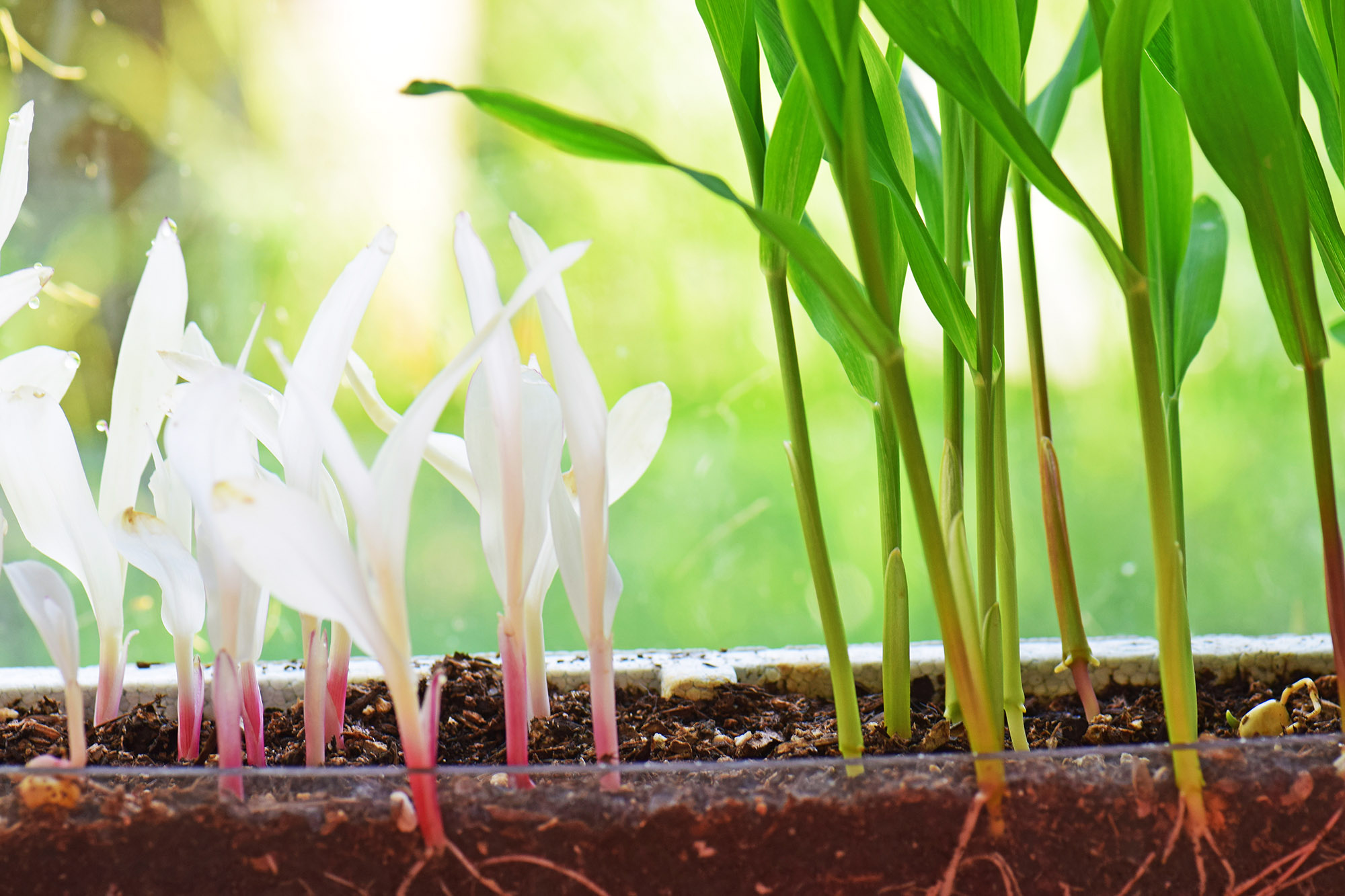
For example, you may make observations and inferences about these corn seedlings:
Visual observations:
-
The plants on the left are white
-
The plants on the left are shorter than the plants on the right
Inferences:
-
The plants on the left are less healthy than the plants on the right
-
The plants are different genetically
The white corn seedlings on the left have a mutation (difference in DNA) that makes them unable to produce the green pigments necessary for photosynthesis, they are living off nutrients stored in the corn kernel.
Try making obervations and inferences about the fish in this video.
What did you come up with?
Frequent observations: The fish move along surfaces; the fish are in a group later in the video.
Frequent inferences: the fish are looking for food; the fish are hunting together
The risk of inference is that if either your observational abilities or prior knowledge are limited, the inference may be incorrect, resulting in a misconception.
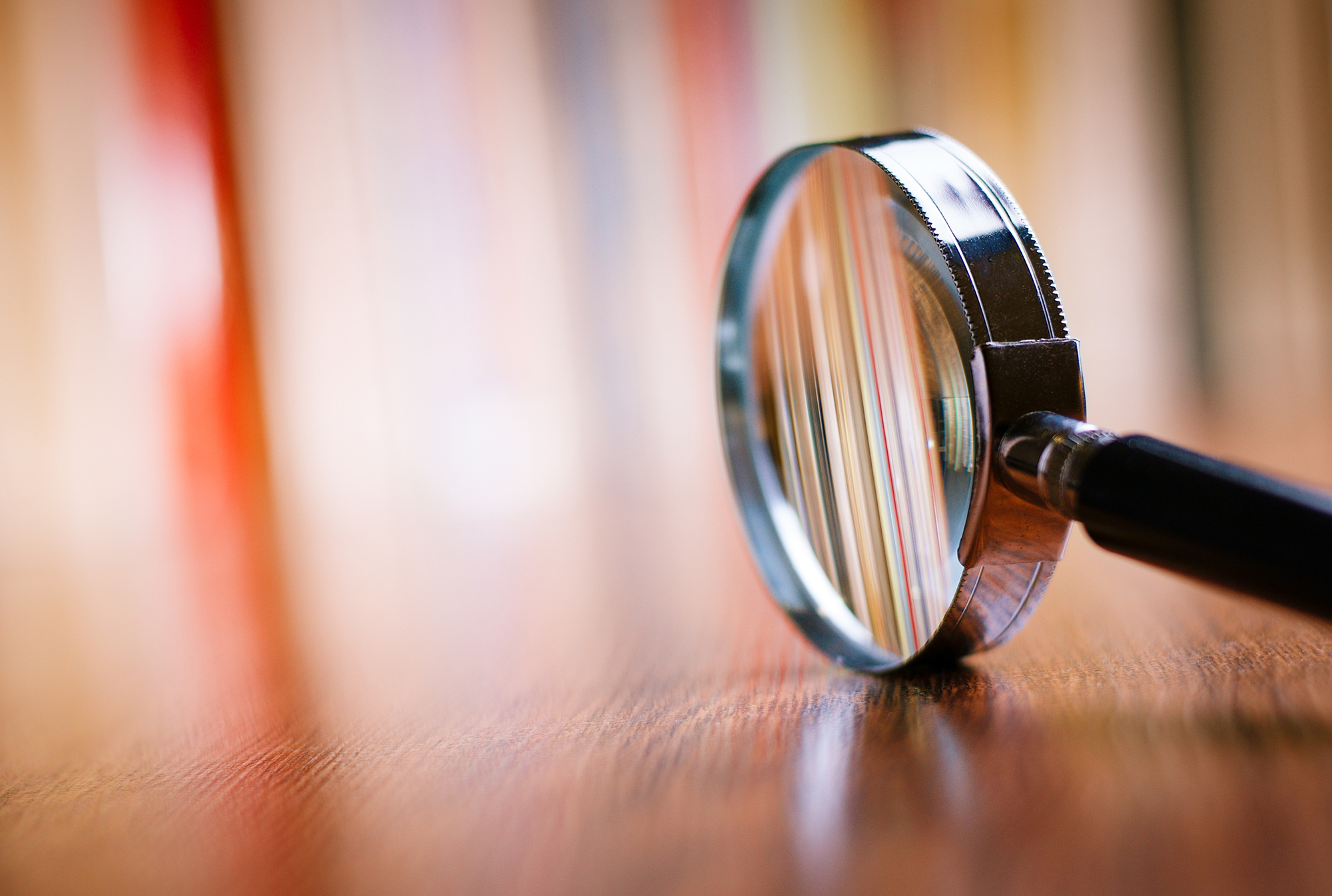
Check your knowledge. Can you:
-
define what a perception is and explain why people\’s perceptions of the same event may differ?
-
explain how science knowledge can be built even with people having different perceptions?
-
distinguish between an observation and an inference and provide an example of each?